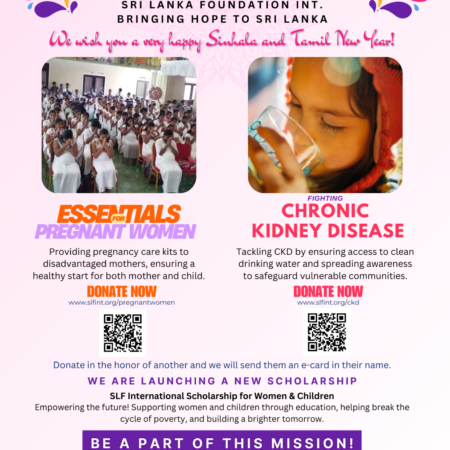As the researchers are still scrambling to find answers to the ongoing COVID 19 crisis, there seems to be a glimmer of hope regarding a bridging treatment before an effective medication or vaccine is found. Historically Convalescent Plasma treatment has been used in the world pandemics including Spanish flu, SARS, MERS, Ebola, H1N1 outbreaks with encouraging outcomes. The most promising results were revealed from 1950’s Argentine Hemorrhagic fever (Weil’s Disease) where the death rates drastically dropped from 43% to under 3% with convalescent plasma. Weil’s disease, also known as Leptospirosis, is transmitted to humans by small rodents. It was also used in Diphtheria (in 1892), Scarlet fever (in 1920) Pertussis (till 1970) which were all bacterial infections that caused deadly outbreaks.
Every recovered patient of COVID 19 harbors a pool of neutralizing antibodies that could potentially save 3-4 patients who are sickened by the virus and not fully recovered. Their plasma is a precious commodity rich in life-saving antibodies. Because we are still in infancy era of other treatments, we need to encourage more and more recovered patients to contact American Red Cross and other facilities to donate plasma. The optimum time for such donations is 28 days after recovery and the donors need to be free the active disease which can be confirmed with two
negative PCR tests. They also need to have adequate neutralizing antibody titers. The screening protocols are posted on the websites of the specific institutes like Mayo Clinic, University of Washington, UCLA and UCI to name a few.
The researchers are making great strides with other definitive treatments as well. Phase 3 randomized clinical studies published on Gilead’s Remdesivir, the antiviral medication that was used in Ebola and SARS outbreaks, showed early promise. University of Chicago study showed robust results which further complimented a previous small study published in NEJM with 68% clinical improvement in China. Randomized trials involving alternative medications like Ivermectin, Nitazoxanide, BCG vaccine etc. are conducted in various centers with some encouraging results so far. Hydroxychloroquine continue to be useful in hospitalized patients with Zinc sulfate and high dose Vitamin C supplementing their action. The randomized clinical trials conducted on Hydroxychloroquin did not show robust results thus far.
On the vaccine front of COVID-19, there are many organizations including the Oxford group who are working diligently on vaccines which can be available as early as September 2020. The NIH in collaboration with Modena biotech company already commenced their vaccine trials in Seattle few weeks ago. Unfortunately, we are already hearing negative sentiments about mass vaccinations without clear science to back them up.
In addition to recent promising data from Remdesivir and convalescent plasma trials, we shifted and drifted our critical care protocols in severe COVID 19 patients with encouraging results. We transitioned from early intubation to step-wise use of oxygen delivery systems like high-flow oxygen; thereby minimizing ventilator use and ventilator-related complications. The intensivists are applying proper anticoagulation measures to COVID patients in order to prevent microthrombi formation that could potentially cause renal and other end-organ damage. All these vital and timely measures are saving valuable lives.
Dr Deepthi Jayasekara
Clinical Professor, Infectious Disease Specialist
Chair Infection Control, Emanate and San Dimas Hospitals, CA
April, 20, 2020









![TV-Poster-All-Exhibition-Sri-Lanka-in-Focus-USA-2025[1]](https://www.srilankafoundation.org/wp-content/uploads/2025/04/TV-Poster-All-Exhibition-Sri-Lanka-in-Focus-USA-20251-450x450.jpg)












